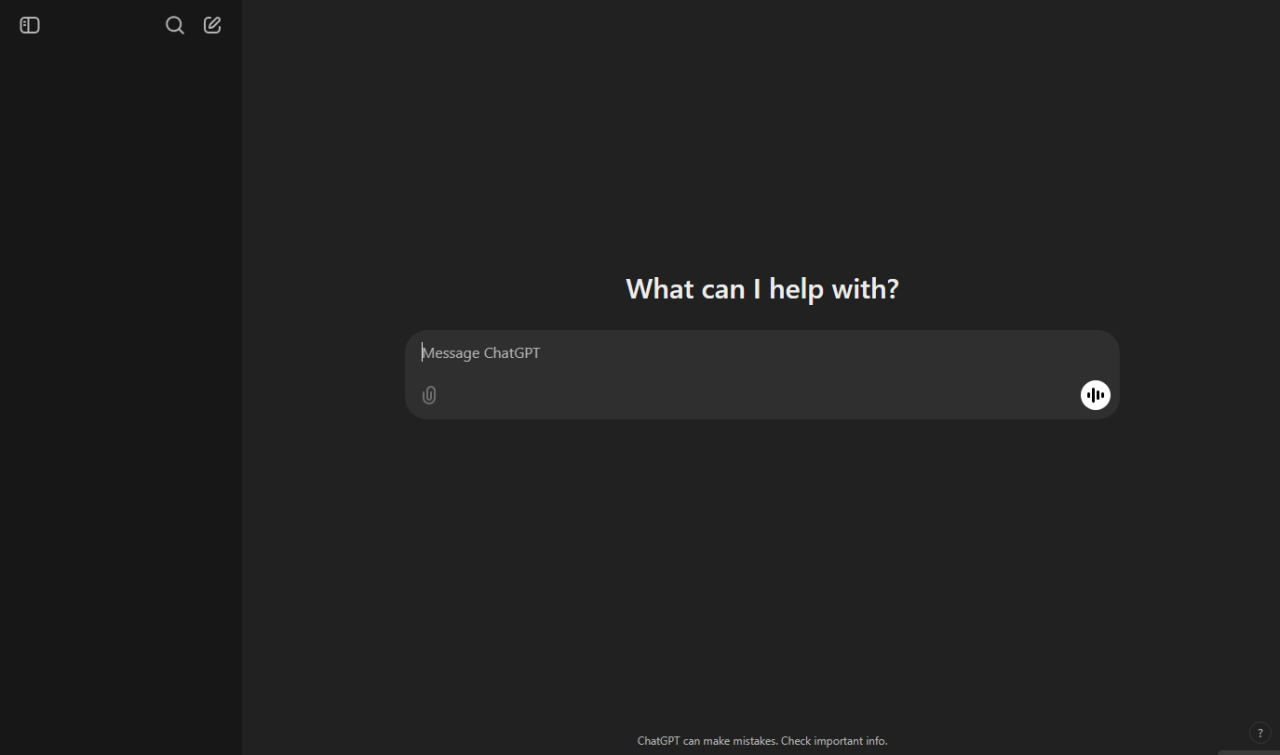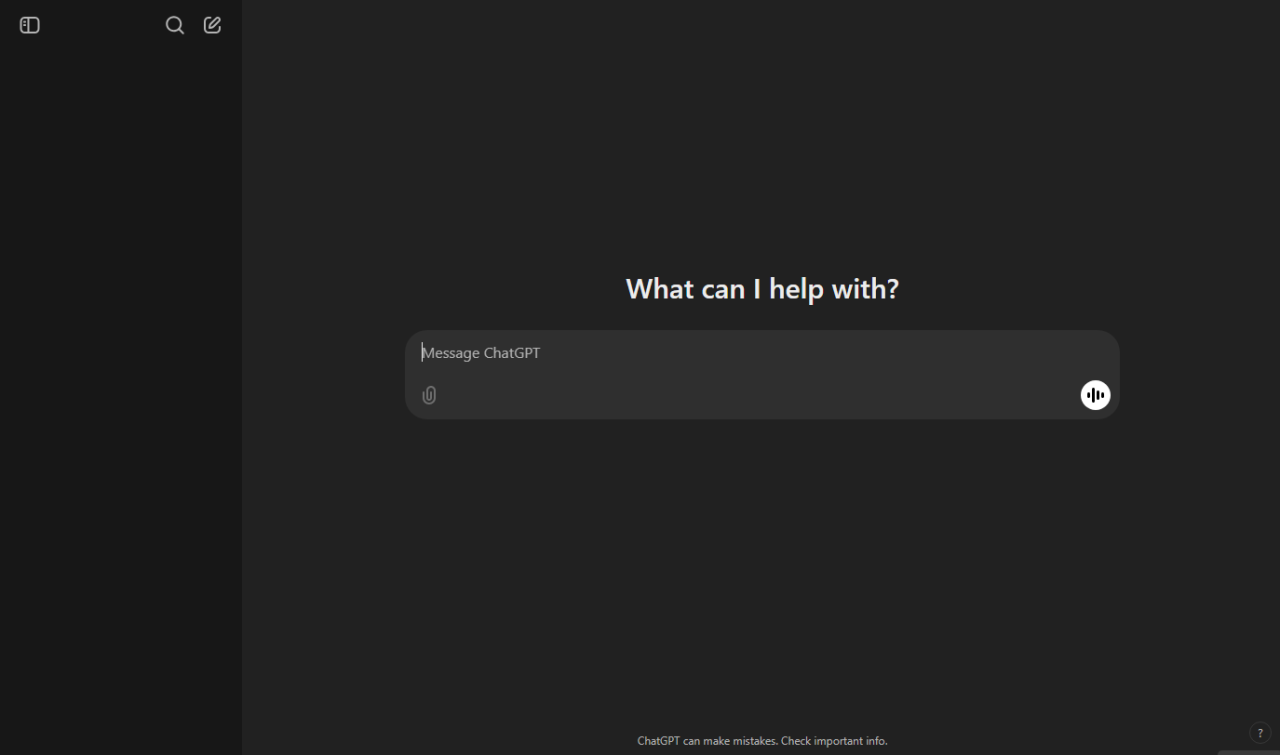Is chatgpt down – Is Kami down? That’s a question many users find themselves asking. Service disruptions can be frustrating, impacting productivity and overall user experience. This guide will walk you through identifying whether a service outage is happening, troubleshooting potential problems on your end, and understanding what to do if the problem lies with the service itself. We’ll cover everything from recognizing the signs of downtime to exploring alternative solutions and proactive measures to prevent future issues.
Understanding the reasons behind service interruptions is crucial. Network problems, server issues, and even planned maintenance can all lead to downtime. We’ll explore common causes and strategies for minimizing their impact. Knowing how to effectively communicate outages to users is also key, so we’ll cover different communication channels and their pros and cons. Finally, we’ll look at how to build resilience into your workflow by exploring alternative tools and methods.
So, ChatGPT’s acting up again? It’s frustrating when your AI buddy goes offline. Maybe you could check out this cool stuff while you wait: learn about the regulations and opportunities surrounding drone in Paris , it’s a fascinating topic. Hopefully, ChatGPT will be back online soon so you can get back to your tasks.
Service Outage Detection and User Experience
Understanding service outages, their impact, and effective communication strategies are crucial for maintaining user satisfaction and service reliability. This section details methods for detecting outages, managing user experience during downtime, and implementing preventative measures.
Common Indicators of Service Disruption
Several indicators signal a service disruption. These include error messages displayed to users, inability to access the service via various methods (web, mobile app, API), increased user complaints or support tickets, and unusual activity in system monitoring dashboards (e.g., high error rates, slow response times, or resource exhaustion).
Independent Service Status Verification Methods
Verifying service status independently involves using external tools and resources. This includes checking third-party status websites (like DownDetector), using ping or traceroute commands to check network connectivity, and testing the service from different locations or networks to isolate the problem.
Troubleshooting Local Network Issues
Troubleshooting local network problems begins with checking your internet connection. Verify your router is functioning correctly, check cable connections, and restart your modem and router. If using a VPN, try disabling it temporarily. Consider running a network diagnostic tool to identify any local network issues.
Reporting Service Disruptions
A clear procedure for reporting service disruptions is essential. This should involve documenting the time of the outage, affected services, observed symptoms, and the steps already taken. The report should be directed to the appropriate IT support team or service provider, following their established channels.
So, ChatGPT’s acting up again? It’s frustrating when these AI tools go offline. If you’re a Telus customer needing help, maybe try calling their loyalty line – you can find the telus loyalty phone number if you need assistance with your account while you wait for ChatGPT to come back online. Hopefully, ChatGPT will be back up and running soon!
User Experience During Downtime
Managing user experience during downtime requires proactive communication and a focus on minimizing disruption. This section explores user reactions, the impact on productivity, and effective communication strategies.
User Reactions to Service Interruptions
Users react to service interruptions in various ways, ranging from frustration and annoyance to panic and anger, depending on the service’s criticality and the duration of the outage. Some users might attempt troubleshooting on their own, while others might immediately contact support.
Impact on User Productivity and Satisfaction
Downtime significantly impacts user productivity and satisfaction. Lost productivity translates to lost revenue or efficiency, while negative user experiences can damage brand reputation and customer loyalty. The longer the outage, the greater the impact.
Communication Strategy During Outages, Is chatgpt down
A well-defined communication strategy is key to mitigating negative user experiences during downtime. This involves promptly acknowledging the outage, providing regular updates on the situation and estimated resolution time, and offering alternative solutions or workarounds when possible.
Communication Channel Comparison
| Channel | Pros | Cons | Reach |
|---|---|---|---|
| Targeted, detailed information | Slow delivery, may be missed | Subscribers only | |
| Social Media | Fast dissemination, wide reach | Limited control over messaging, potential for misinformation | Followers and wider public |
| In-App Notifications | Immediate, personalized updates | Requires app usage, limited reach | Active app users |
| Website Banner | Highly visible to website visitors | Limited to website visitors only | Website visitors |
Technical Aspects of Downtime: Is Chatgpt Down

Understanding the technical causes of downtime and implementing preventative measures are critical for service reliability. This section covers potential causes, prevention strategies, and monitoring systems.
Potential Causes of Service Interruptions
Service interruptions can stem from various sources, including server failures (hardware or software), network problems (bandwidth limitations, connectivity issues, or DDoS attacks), database errors, application bugs, and human error (misconfiguration, accidental deletion).
Methods for Preventing Future Outages
Preventing future outages involves proactive measures like regular system backups, robust disaster recovery plans, load balancing, code reviews, security audits, and thorough testing before deploying updates or new features. Investing in redundant systems and infrastructure is also crucial.
Implementing Proactive Monitoring Systems
Proactive monitoring systems continuously track key metrics, such as server performance, network traffic, and application response times. These systems trigger alerts when anomalies are detected, allowing for early intervention and preventing minor issues from escalating into major outages. Examples include Nagios, Zabbix, and Prometheus.
Best Practices for Maintaining Service Availability
- Regular system maintenance and updates
- Robust security measures
- Comprehensive monitoring and alerting
- Disaster recovery planning
- Thorough testing and quality assurance
- Staff training and awareness
Impact on Related Services
Understanding service dependencies and their impact on interconnected systems is vital for effective outage management. This section explores dependency analysis, ripple effects, and mitigation strategies.
Service Dependencies
Many services rely on other services for their functionality. For example, a mobile app might depend on a backend API, a database, and a message queue. An outage in any of these dependent services can cascade and impact the main service.
Ripple Effects of Downtime
Downtime in a primary service can trigger a chain reaction, affecting other interconnected systems. For example, an e-commerce website outage might also affect order processing, inventory management, and customer support systems.
Mitigating Impact on Dependent Services
Mitigation strategies include designing services with fault tolerance and redundancy, implementing circuit breakers to prevent cascading failures, and establishing clear communication channels between teams responsible for different services.
Service Relationship Flowchart
A flowchart illustrating service relationships would show the primary service at the center, with dependent services branching out. Arrows would indicate the flow of data or dependencies, highlighting potential points of failure and the impact of an outage on each connected service. For instance, a failure in the database would impact both the primary service and any other service reliant on that database.
Alternative Solutions During Downtime
Providing users with alternative solutions during downtime minimizes disruption and maintains productivity. This section explores alternative tools, workflow strategies, and data integrity measures.
Alternative Tools and Methods

Examples of alternative tools include offline versions of applications, alternative communication channels (e.g., phone, SMS), or backup systems. The specific alternatives depend on the affected service and user needs.
Minimizing Workflow Disruption
Strategies for minimizing workflow disruption include pre-planning for outages, having contingency plans in place, and training users on alternative workflows. Prioritizing critical tasks and focusing on tasks that can be performed offline can also help.
Ensuring Data Integrity
Data integrity is paramount during outages. Regular backups, data replication, and robust transaction management systems are crucial for preventing data loss or corruption. A clear rollback plan should be in place in case of data inconsistencies.
Navigating Alternative Solutions Guide
A user guide outlining alternative solutions should be clear, concise, and easily accessible during an outage. It should provide step-by-step instructions on using alternative tools and methods, addressing common issues and troubleshooting steps.
Visual Representation of Downtime

Visual representations aid in understanding the frequency, duration, and impact of past outages. This section describes graphs and diagrams illustrating downtime and service architecture.
Downtime Frequency and Duration Graph
A graph illustrating downtime would have the x-axis representing time (e.g., months or years) and the y-axis representing the duration of the outage (in minutes or hours). Each data point represents a specific outage, with its duration and time plotted. The graph can visualize trends in outage frequency and duration over time.
Service Architecture Diagram
A visual representation of the service architecture would show the different components of the system (servers, databases, network devices, applications) and their interconnections. Each component would be labeled, and lines would indicate dependencies or data flow. This diagram highlights potential points of failure and the impact of an outage on different parts of the system.
Last Recap
Dealing with service outages requires a multi-pronged approach. From identifying the root cause to implementing preventative measures and communicating effectively with users, preparedness is key. By understanding the potential causes of downtime, utilizing effective troubleshooting techniques, and having alternative solutions in place, you can minimize disruption and maintain productivity. Remember, proactive monitoring and a well-defined communication strategy are crucial elements in mitigating the impact of future outages.
Popular Questions
What should I do if I suspect a service outage?
First, check the service’s official website or social media for announcements. Then, try restarting your device and checking your internet connection. If the problem persists, contact support.
How can I prevent future service disruptions?
Regularly back up your data, ensure your software is updated, and consider using multiple service providers to avoid single points of failure.
So, ChatGPT’s acting up again? It’s frustrating when these AI tools go offline. Sometimes, though, checking the performance of other tech stocks, like checking out SES stock , can help distract you while you wait for ChatGPT to come back online. Hopefully, it’ll be back up soon; otherwise, we’ll have to find another way to get our AI fix!
What are some alternative tools I can use during downtime?
Explore similar services or tools that offer comparable functionality. The specific alternatives will depend on the service that is down.
How long do service outages typically last?
This varies greatly depending on the cause and complexity of the issue. Some outages are resolved quickly, while others may take longer.
